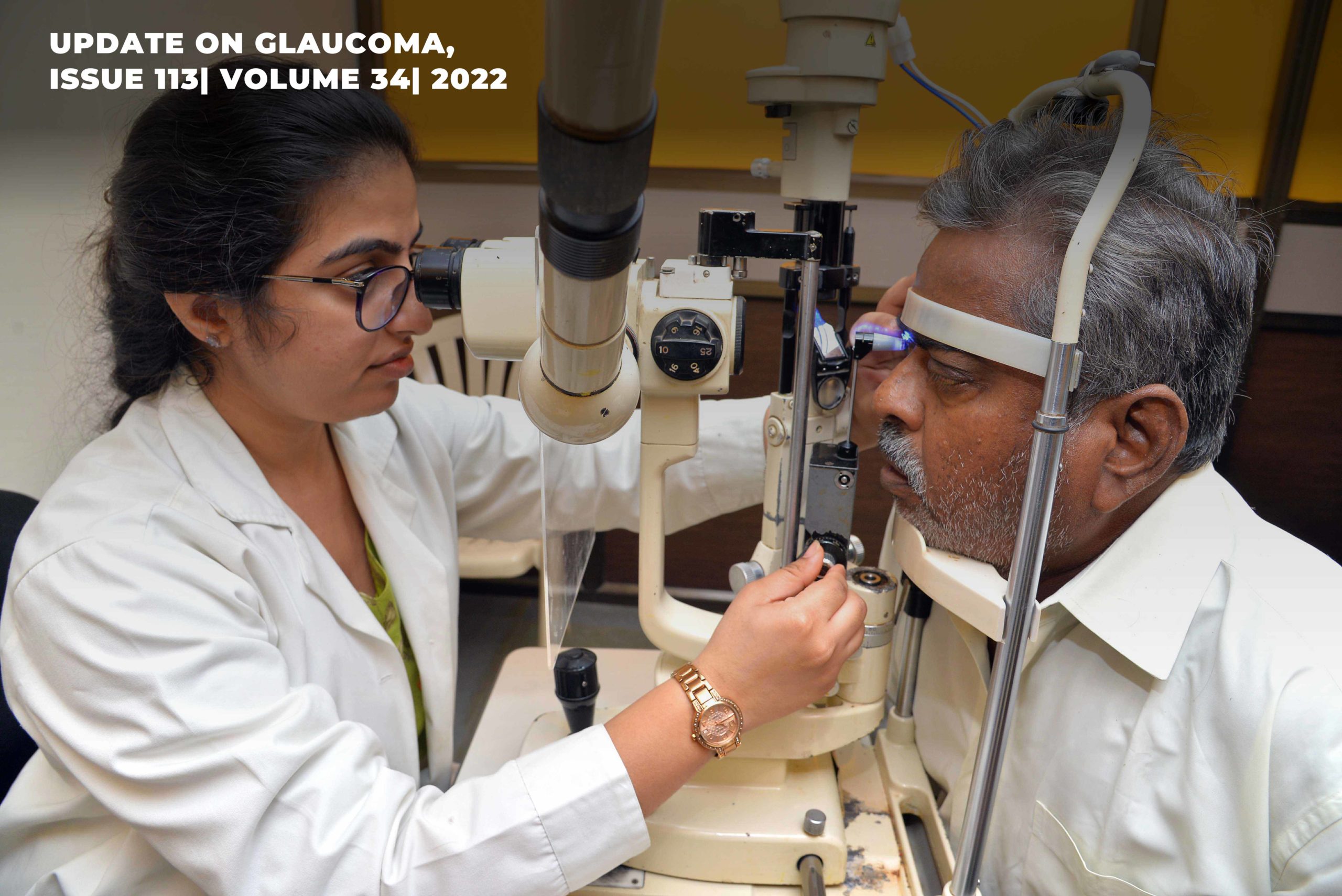Glaucoma

Glaucoma is a major cause of irreversible blindness worldwide, and it also causes substantial disability before patients become blind. Glaucoma is difficult to detect and diagnose, and it is highly undertreated globally. In most surveys carried out in high-income countries, over 50% of people found to have glaucoma had not been diagnosed and are therefore not receiving treatment, rising to over 90% in low- and/or middle-income countries. This is because glaucoma is mostly asymptomatic until relatively late in the disease, so patients do not notice that there is a problem. In many low- and/or middle-income settings, as many as 35% of people diagnosed with glaucoma already have severe sight loss: they presented too late to benefit from interventions that may have preserved their vision.
- Update on glaucoma
- Defining and diagnosing glaucoma: a focus on blindness prevention
- Gonioscopy skills and techniques
- Management of chronic open-angle glaucoma
- Counselling in a glaucoma care service
- Low vision care for patients with glaucoma: there is more you can do!
- Neovascular glaucoma: prevention and treatment
- Managing the painful blind eye
- Minimum requirements for a glaucoma programme
- Minimally invasive glaucoma surgery (MIGS) devices: risks, benefits and suitability
- The global challenge of glaucoma
- Test your knowledge: glaucoma
- Picture quiz
